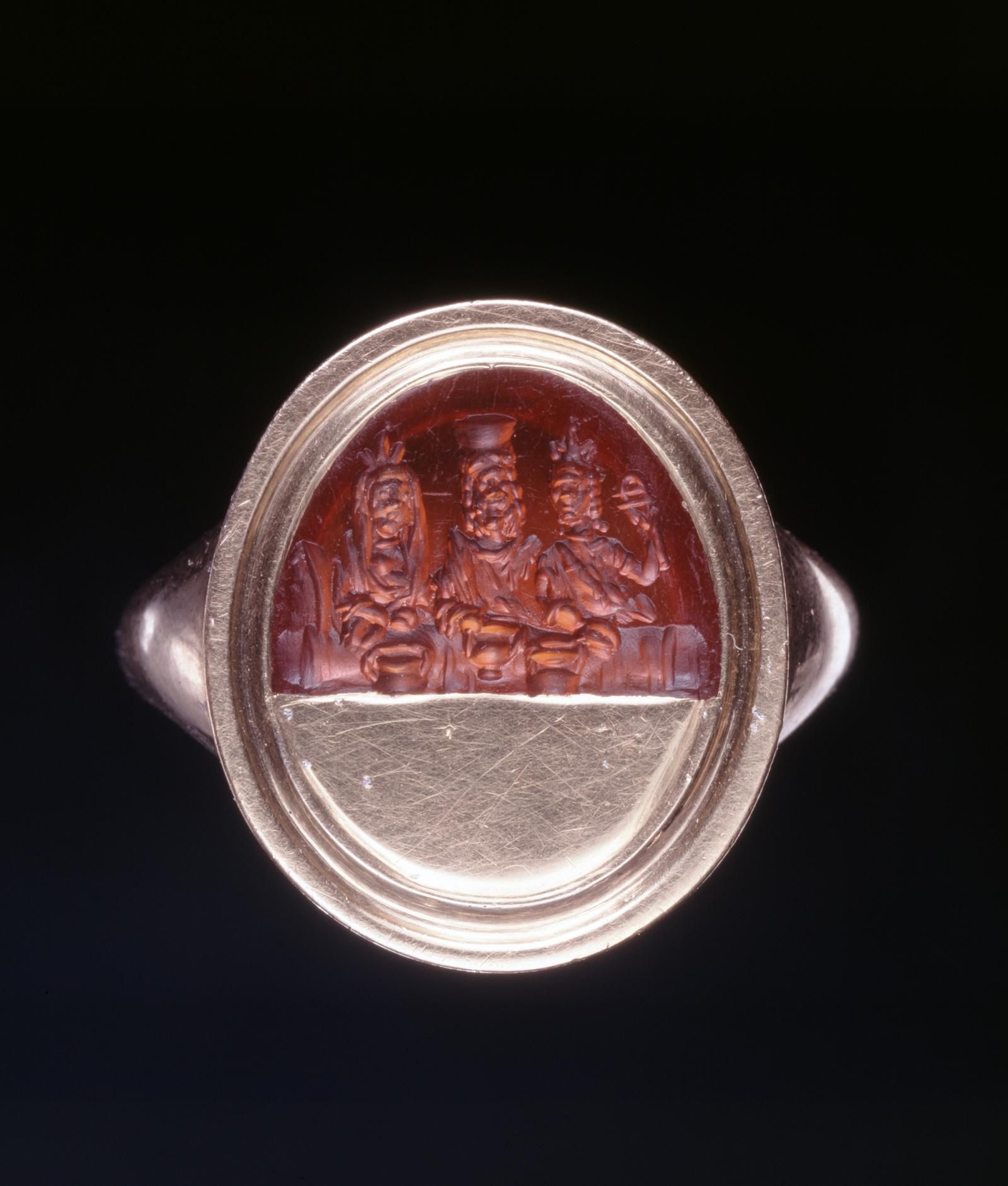
The British Museum has announced the conclusion of an independent review in the wake a massive theft that saw hundreds of objects stolen from its collection. The institution’s board of trustees has unanimously accepted the recommendations provided in the report.
According to a press release announcing the completion of the review, the museum has identified about 1,500 items classified as missing or stolen. Around 350 items in the museum’s collection have gold mounts or gems missing and 140 have been damaged by tools. Just 351 of the stolen items have been recovered. The museum previously launched a website to track the items.
“We believe the majority of the portions removed from the 350 are likely to be unrecoverable because they have probably been sold for scrap,” the museum said in a news release. Some items were even sold on the auction site eBay for as little as a few pounds, the BBC reported.
Of the 351 items recovered by the museum, all but one were returned by antiquities dealer Ittai Gradel, the man whose first warnings that a thief was stealing things from the museum in February 2021 went largely unheard.
The museum has now begun an audit of its compliance with the Public Records Act, according to the release, an apparent bid to increase transparency in the aftermath of the scandal. Newspapers had fired off public records requests to the British Museum and other institutions in the wake of the thefts.
The recommendations included in the review are broken down across several areas, including the collection, management, assessment of risk, internal audit policies, and in relation to the board of trustees itself. They range from improving policies for reporting missing objects, to establishing a risk tolerance statement like the Orange Book of the British Treasury, to outlining when and who should be in meetings to discuss risk. The primary ones include completing the full digitization and documentation of the institution’s collection and the implementation of security measures that the museum has redacted from the report.
The report also suggested that the board of trustees introduce a “buddy system” under which trustees would be paired to departments within the museum to “encourage a two-way flow of information.” Also, the minutes of trustee meetings, a document of what occurred able to be reviewed by the public on its website, should be expanded to better explain the rationale when decisions are made.
Further, the museum was urged to strengthen its human resources department and improve the handling of complaints. “Management should review their approach to suspension of employees to give due weight to the protection of the collection, the integrity of its records, and the wellbeing of staff,” the report recommended.
It was not clear if a more substantial report would be published.
The former museum employee accused of the thefts, Peter Higgs, is reportedly not cooperating with the search for items still missing, according to the BBC. In his position as senior curator of Greek and Roman art, Higgs allegedly pocketed artifacts—from gold jewelry to semi-precious stones—over the course of years, before listing them for sale on eBay. He was fired in August but continues to deny any wrongdoing.
More Trending Stories:
Art Dealers Christina and Emmanuel Di Donna on Their Special Holiday Rituals
Stefanie Heinze Paints Richly Ambiguous Worlds. Collectors Are Obsessed
Inspector Schachter Uncovers Allegations Regarding the Latest Art World Scandal—And It’s a Doozy
Archaeologists Call Foul on the Purported Discovery of a 27,000-Year-Old Pyramid
The Sprawling Legal Dispute Between Yves Bouvier and Dmitry Rybolovlev Is Finally Over